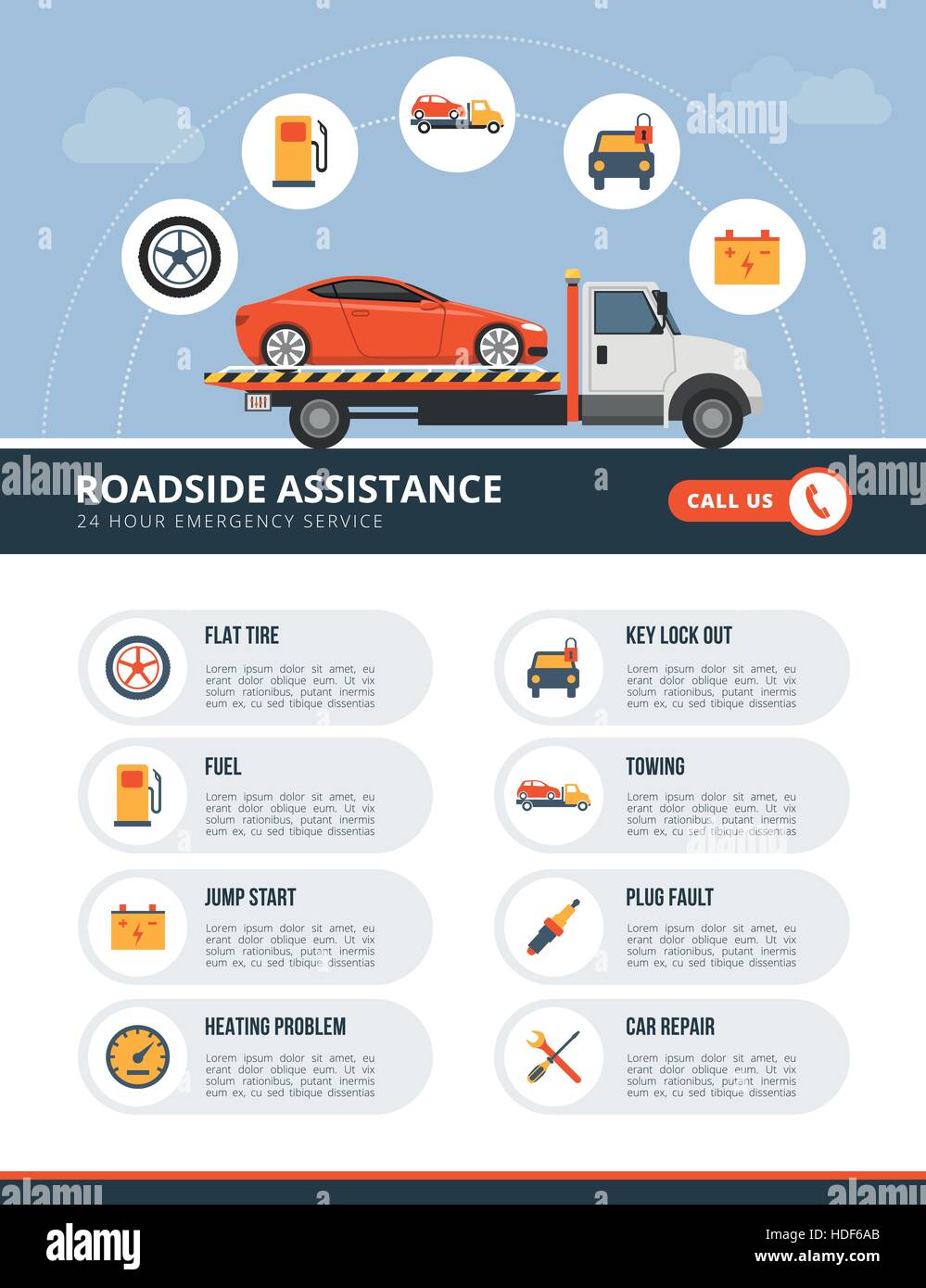Open Up The Hood To Discover Typical Brake System Concerns And Their Repairs, Yet What About Mushy Brake Pedals? Learn The Solution In Advance! Discover More Below
Open Up The Hood To Discover Typical Brake System Concerns And Their Repairs, Yet What About Mushy Brake Pedals? Learn The Solution In Advance! Discover More Below
Blog Article
Content Writer-Hinrichsen Murray
When it concerns your automobile's brake system, recognizing common problems can save you from potential safety and security risks. From recognizing brake pad wear to dealing with brake liquid leaks, knowing how to deal with these issues is essential. But what concerning those squishy brake pedals? There's a solution for that as well. Remain tuned to find out more regarding these concerns and the practical solutions that can keep you securely when driving.
Brake Pad Put On and Substitute
When it comes to maintaining your automobile's brake system, one essential aspect to watch on is the wear and substitute of brake pads. Brake pads are vital elements that press versus the brake rotors to reduce or stop your car. Gradually, these pads wear down because of friction, requiring regular inspection and replacement to ensure your brakes function efficiently.
To establish if your brake pads need substitute, pay attention for shrilling or grinding noises when you apply the brakes. Additionally, if your vehicle takes longer to quit or you discover vibrations or pulsations when braking, it may be time to change the brake pads.
Neglecting worn brake pads can result in decreased stopping efficiency, damages to other brake parts, and even brake failure.
Replacing brake pads is a reasonably simple procedure for many cars. Nevertheless, if you're uncertain or unpleasant doing this task, it's best to get in touch with a professional technician to guarantee correct setup and optimal brake efficiency.
Regularly examining and changing brake pads is essential for your security and the long life of your automobile's braking system.
Brake Liquid Leaks and Upkeep
To ensure your lorry's brake system works optimally, it is essential to additionally take note of brake fluid leakages and maintenance. Brake liquid is essential for sending the force from your foot on the brake pedal to the actual stopping mechanism. One common problem with brake fluid is leaks, which can take place because of shabby brake lines, seals, or connections. If you observe a pool or drips under your automobile, it's essential to attend to the leakage quickly to stop a potential brake failure.
On relevant resource site inspecting your brake liquid level is essential to maintaining your brake system. Reduced brake fluid can lead to air going into the brake lines, which compromises stopping performance.
Furthermore, old or contaminated brake fluid can impact the overall performance of your brakes. It's advised to adhere to the producer's standards on when to change the brake liquid, normally every 2 years.
Spongy Brake Pedal: Blood Loss Brakes
If you have actually ever before experienced a squishy brake pedal while driving, you recognize the importance of maintaining a firm and responsive braking system. https://drivers-training-near-me40517.bloggerchest.com/30171095/the-future-of-car-repair-trends-to-watch-out-for-in-the-upcoming-years of a squishy brake pedal is air caught in the brake lines. When https://brake-pads51628.blogadvize.com/37142890/fundamental-vehicle-treatment-tips-that-every-driver-need-to-familiarize-themselves-with gets in the brake system, it can cause a loss of hydraulic stress, causing that disturbing spongy feeling when you push the brake pedal.
To settle this issue, hemorrhaging the brakes is necessary. Bleeding the brakes entails eliminating the air from the brake lines to restore proper hydraulic stress.
To bleed the brakes, you'll need a helper to aid you. Begin by situating the brake bleeder valve on each wheel, generally discovered near the brake caliper. With a wrench, loosen the valve and have your assistant press the brake pedal while you observe any kind of air bubbles appearing. Repeat this procedure for every wheel, beginning with the wheel farthest from the master cyndrical tube and moving more detailed.
When you no more see air bubbles and just clear liquid emerges, tighten up the valve and top up the brake liquid storage tank as needed. Hemorrhaging the brakes assists make certain a firm brake pedal and improves overall stopping efficiency.
Verdict
Now that you recognize typical brake problems and exactly how to repair them, you can guarantee your car's security and efficiency. Keep in mind to listen for warning signs like shrieking sounds or mushy brake pedals, and address them immediately. click the up coming web page and prompt replacements are crucial to maintaining your brakes in leading problem. Stay proactive and mindful to your brake system to take pleasure in risk-free and dependable driving experiences.
